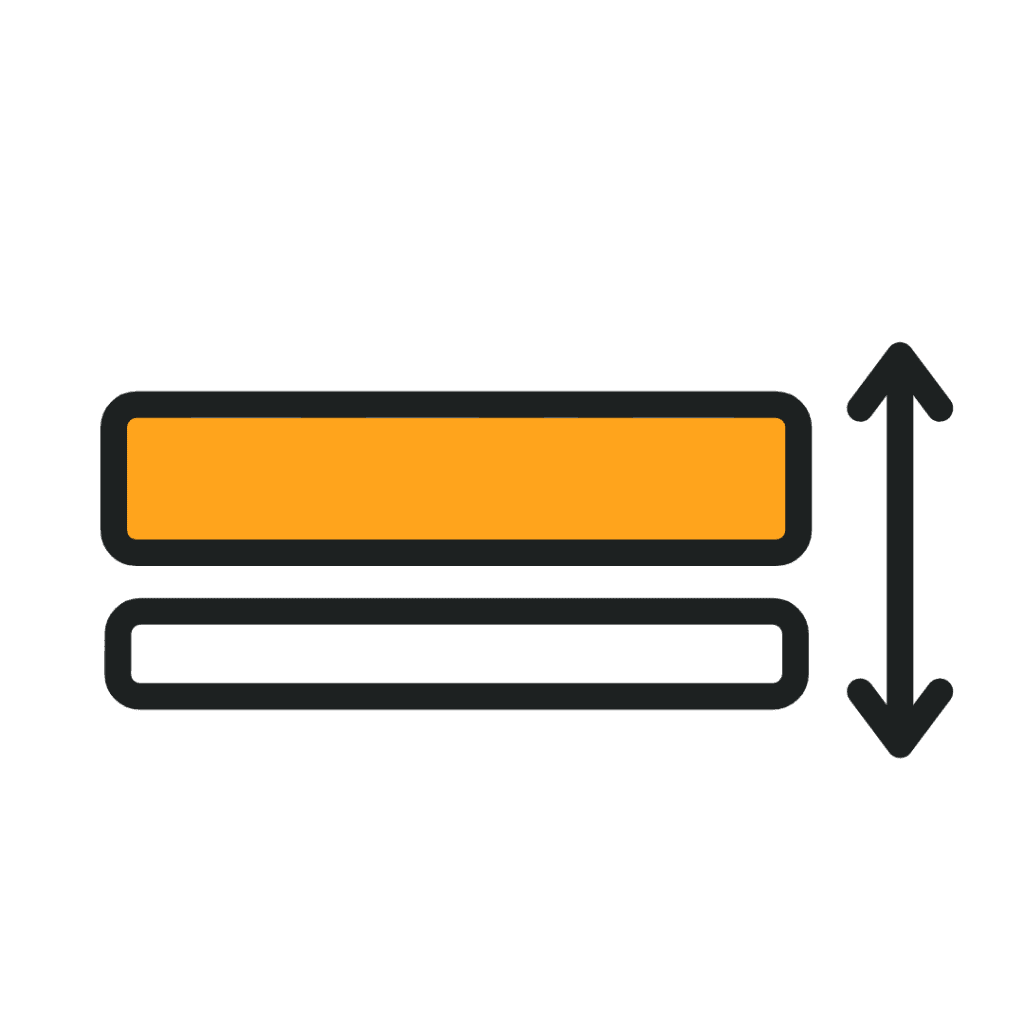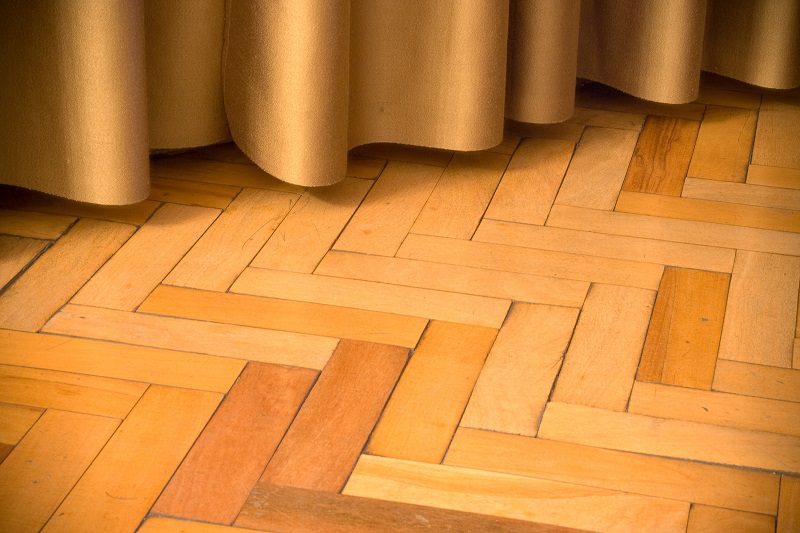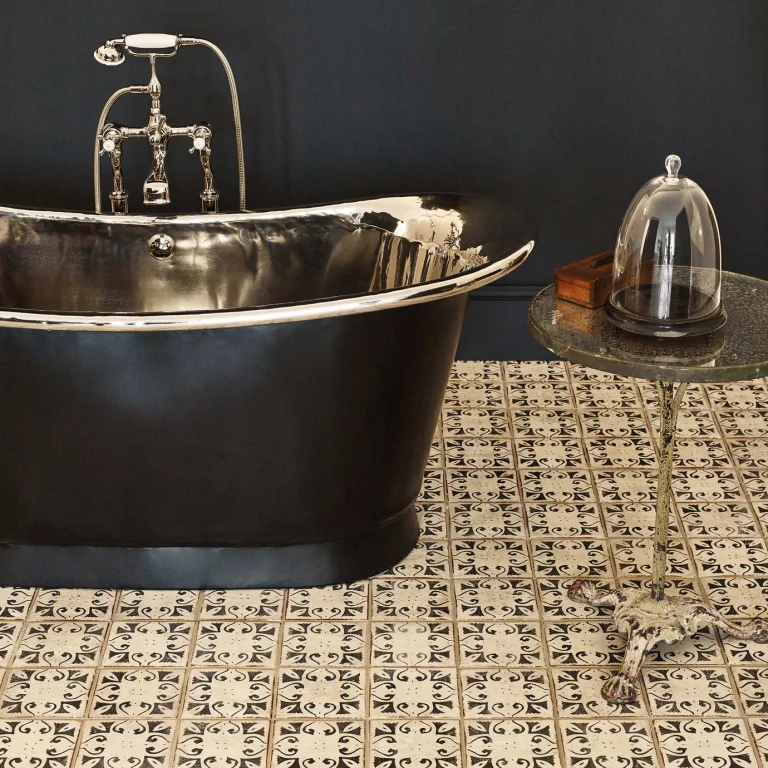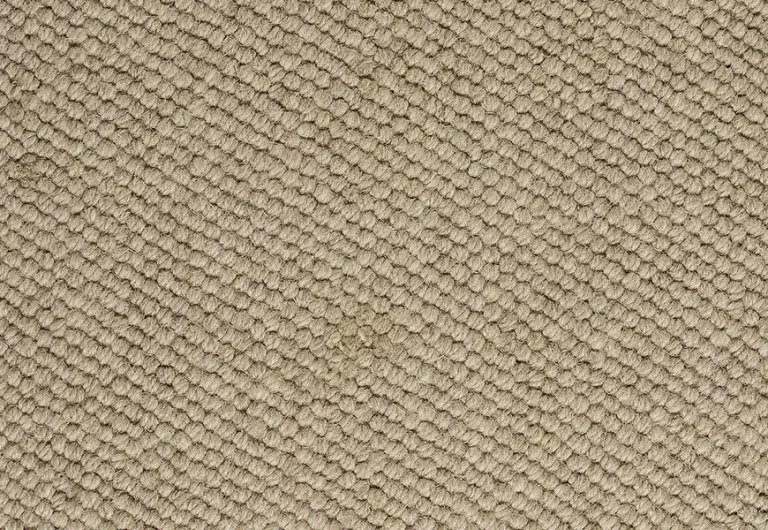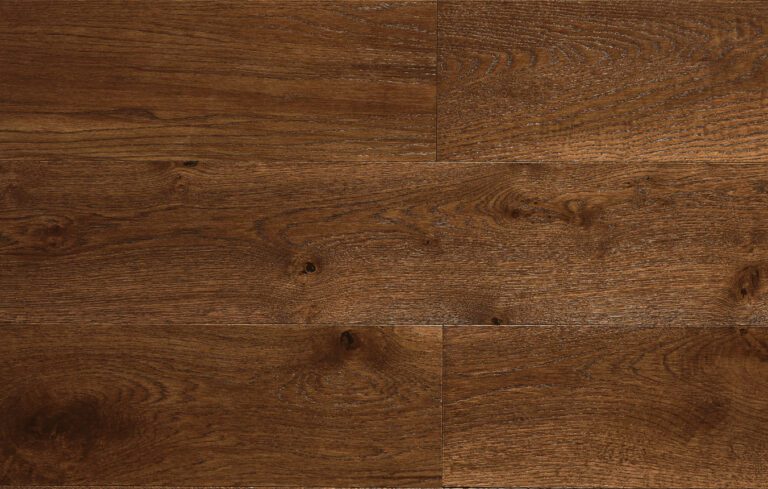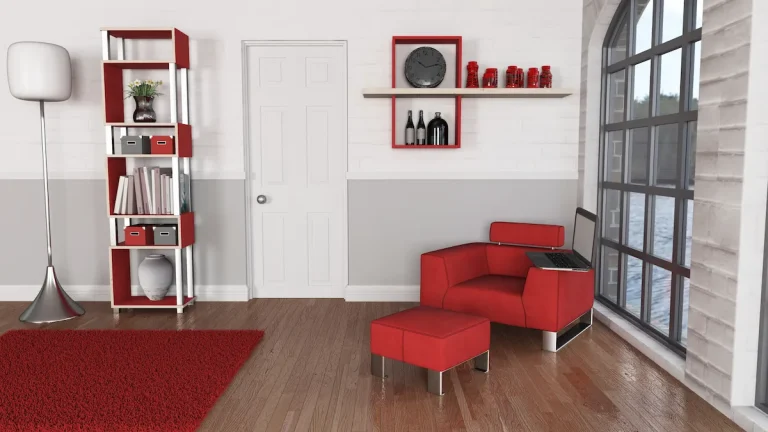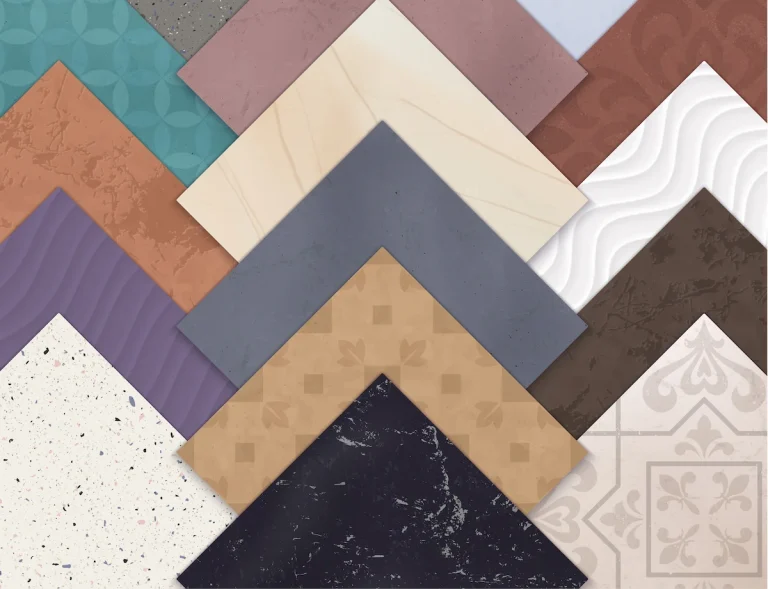Looking to upgrade your home flooring but unsure about the difference between chevron and herringbone patterns? We explore the unique characteristics of each style, the popular flooring options that offer these patterns, and which one may be the best choice for your space.
From durability and cost to the installation process and design appeal, we break down the factors to consider when deciding between chevron and herringbone flooring. Let’s dive in and find the perfect flooring solution for your home!
What Is Chevron Flooring?
Chevron flooring is a timeless pattern that traces its roots back to 17th-century France. The intricacy of this design lies in the meticulous cutting of planks at precise angles to form the distinctive V-shaped pattern.
This technique, closely related to the art of parquet flooring, showcases the craftsmanship and attention to detail that has characterised this style for centuries. The wood used in chevron flooring not only adds warmth and elegance to a space but also a touch of sophistication. Its enduring popularity stems from its ability to blend seamlessly with both traditional and modern interior designs.

See product: Ted Todd Warehouse Fleece – Chevron (540mm x 90mm)
How Is Chevron Flooring Different From Herringbone Flooring?
Whilst both Chevron and Herringbone patterns involve angled planks, they differ in the way the planks are cut and laid. Chevron flooring creates a continuous zig-zag pattern with each plank meeting at a 45-degree angle, forming a seamless V shape.
On the other hand, Herringbone flooring features planks that are cut at perfect 90-degree angles and laid in a staggered, broken zig-zag pattern. This results in a more traditional and intricate look compared to the bold and modern appeal of Chevron.
Installing Chevron flooring requires precise accuracy due to the precise matching of the planks’ angles, ensuring a crisp and defined pattern. In contrast, laying Herringbone flooring involves aligning the edges of the planks in a staggered formation, creating a visually dynamic effect.
What Is Herringbone Flooring?
Herringbone flooring is a classic pattern that has been popular since ancient Roman times. It features a distinctive zig-zag pattern created by laying rectangular planks or tiles in a staggered formation.
The history of Herringbone flooring can be traced back to the Roman Empire, where this elegant pattern was used to decorate prestigious buildings and homes. The design was not only aesthetically pleasing but also served a practical purpose by providing structural strength. Over the centuries, Herringbone flooring has remained a symbol of timeless sophistication and luxury.
One of the key characteristics of Herringbone flooring is its versatility. It can be crafted from various types of wood, each offering unique textures and colours that add to the visual appeal of the floor. The intricate pattern of interlocking pieces creates a sense of movement and depth, making any space feel more dynamic and polished.

See product: Karndean Van Gogh Rigid Core Grey Brushed Oak (Small)
How Is Herringbone Flooring Different From Chevron Flooring?
In contrast to Chevron flooring, Herringbone flooring features planks that are laid in a staggered zig-zag pattern without the continuous V shape. Additionally, Herringbone often includes a V-groove detail between the planks for added definition.
One key difference between Herringbone and Chevron flooring lies in their layout variations. While Herringbone presents a more intricate zig-zag pattern, Chevron flooring creates a continuous V shape with parallelogram planks. The absence of a continuous V shape in Herringbone contributes to its distinct look, offering a unique aesthetic appeal.
Another distinguishing feature of Herringbone flooring is the inclusion of V-groove detailing between the planks. This decorative V-groove not only enhances the overall appearance of the floor but also adds depth and dimension to the design, making Herringbone floors stand out for their intricate detailing.
Flooring Option that Offers Chevron and Herringbone Patterns
Several types of flooring provide the versatility of Chevron and Herringbone patterns to enhance interior style. Laminate, Luxury Vinyl Tile (LVT), and Engineered Wood are popular choices that offer these classic design options.
In terms of Chevron patterns, they create a visually striking effect with their V-shaped zigzag arrangement, adding a touch of sophistication to any room. On the other hand, Herringbone patterns feature a distinctive, angular design that brings a sense of elegance and charm.
The beauty of these patterns lies in their ability to complement various interior styles – from modern and contemporary to traditional and rustic. Whether you opt for laminate flooring for its durability, LVT for its water resistance, or engineered wood for its natural appeal, incorporating Chevron or Herringbone patterns can instantly elevate the aesthetics of your space.
a. Laminate
Laminate flooring is a cost-effective option for incorporating Chevron and Herringbone patterns into various rooms. The ease of installation and durability make laminate a popular choice for achieving stylish interior designs.
One of the key benefits of using laminate flooring to achieve Chevron and Herringbone patterns is the simplicity of installation. The click-lock system of laminate flooring allows for a hassle-free installation process, making it ideal for DIY projects or professional installations. The durability of laminate flooring ensures that the patterns will last for years to come without fading or wearing down.

See product: Quick-Step Impressive Patterns Chevron Oak Brown
b. LVT (Luxury Vinyl Tile)
Luxury Vinyl Tile (LVT) flooring offers a versatile solution for incorporating Chevron and Herringbone patterns with the look of natural materials like engineered wood and timber. The distinct stripes in LVT enhance the visual appeal of these classic designs.
LVT flooring cleverly replicates the intricate grain patterns and textures found in timber, providing a cost-effective solution for achieving the elegance of natural wood in interior spaces. The ability to mimic the warmth of timber while offering durability and easy maintenance makes LVT a popular choice for both residential and commercial settings.

See product: Karndean Knight Tile Traditional Character Oak SM
c. Engineered Wood
Engineered wood flooring combines the aesthetic appeal of real wood with enhanced durability and stability. It offers a versatile choice for showcasing Chevron and Herringbone patterns with a natural look that adds movement and character to spaces.
The beauty of engineered wood lies in its ability to mimic the natural charm of traditional hardwood floors while offering increased versatility and durability.
With engineered wood, homeowners can enjoy the timeless elegance of Chevron and Herringbone patterns without compromising on performance.

See product: Elka 14mm Real Wood Herringbone Dark Smoked Oak
Chevron Flooring vs. Herringbone: Which One Is More Popular?
The popularity of Chevron and Herringbone flooring patterns varies based on design preferences and the intended use of the space. While Chevron offers a modern twist with its continuous V-shape, Herringbone provides a classic charm with its zig-zag layout.
Design trends play a crucial role in the appeal of these patterns. Chevron, being more contemporary, suits modern interiors, adding a dynamic flair to the room. On the other hand, the timeless elegance of Herringbone makes it a go-to choice for those seeking a classic touch.
Room aesthetics further differentiate the two. Chevron’s bold pattern can visually elongate a space, ideal for smaller rooms, while Herringbone’s traditional look lends warmth and character to larger areas.
The Factors That Affect The Popularity of Chevron and Herringbone Flooring
Several factors contribute to the popularity of Chevron and Herringbone flooring patterns, including their unique appearance, layout variations, and compatibility with different interior styles. The distinct charm of each pattern appeals to diverse design preferences and architectural themes.
One of the key draws of these patterns is the way they can transform a space with their dynamic visual impact. The Chevron pattern, with its V-shaped design, exudes a sense of movement and direction, adding a modern touch to any room. On the other hand, the Herringbone pattern creates a classic, timeless look with its intricate weaving of planks.
The versatility of these patterns allows for endless design possibilities. Whether used in a traditional setting to add elegance or in a contemporary space for a bold statement, Chevron and Herringbone flooring can adapt to various aesthetic preferences seamlessly.
Chevron Flooring vs. Herringbone: Which One Is The Best?
Choosing between Chevron and Herringbone flooring depends on factors like durability, cost, installation complexity, design preferences, and maintenance requirements. Each pattern offers unique benefits that cater to different needs and style preferences.
a. Durability
In terms of durability, both Chevron and Herringbone flooring options offer long-lasting performance in different rooms. Whilst Chevron’s continuous pattern may require precise installation for seamless durability, Herringbone’s staggered layout enhances strength and stability.
Considering the high-traffic areas like living rooms or kitchens, Chevron flooring proves to be a robust choice as its pointed edges deter wear and tear, maintaining its elegance over time.
On the other hand, the Herringbone pattern with its interlocking design distributes weight evenly, making it suitable for bedrooms or offices where comfort and resilience are key.
In terms of maintenance, both patterns require regular sweeping and occasional mopping to retain their allure. Due to its intricate angles, Chevron floorings demand professional installation to ensure long-term structural integrity, whilst Herringbone’s zigzag formation aids in natural expansion and contraction, offering better stability.
b. Cost
Cost considerations play a significant role in choosing between Chevron and Herringbone flooring options. In terms of pricing, Chevron patterns are often associated with a higher upfront cost due to the intricate nature of the cuts required for the pattern’s distinctive V shape.
On the other hand, Herringbone layouts can be a more budget-friendly choice as they involve simpler installation processes, resulting in potentially lower overall expenses. While Chevron flooring is known for its elegant and dynamic appearance, Herringbone designs offer a classic look that never goes out of style, providing a timeless aesthetic appeal that can enhance the value of any space.
c. Installation Process
The installation process for Chevron and Herringbone flooring requires precision and expertise to achieve the desired design aesthetics. While Chevron patterns demand meticulous alignment of planks for a seamless V-shape, Herringbone layouts offer flexibility in installation with a staggered arrangement.
When opting for a Chevron pattern installation, the engineered planks need to be cut at precise angles to create the iconic V-shape, which is a defining feature of this pattern. This precision ensures a sophisticated and upscale look to the flooring. On the other hand, Herringbone layouts are known for their versatility, allowing for various design possibilities due to the alternating zigzag pattern they create.
d. Design and Aesthetic Appeal
Design and aesthetic appeal are crucial factors when choosing between Chevron and Herringbone flooring patterns. Chevron’s modern allure and sleek V-shape complement contemporary spaces, whilst Herringbone’s timeless elegance and classic zig-zag layout add a touch of sophistication to traditional rooms.
Both Chevron and Herringbone patterns offer a sense of dynamism to rooms, creating visual interest and depth. The Chevron pattern provides a bold statement, elongating spaces and guiding the eye along a linear path, making it an excellent choice for corridors or large living areas. On the other hand, the Herringbone design introduces a sense of balance and intricacy, ideal for cosying up bedrooms or enhancing the charm of dining rooms.
e. Maintenance and Cleaning
Maintenance and cleaning requirements differ for Chevron and Herringbone flooring choices. Chevron patterns may need more attention due to the continuous V-shape, while Herringbone layouts offer easier maintenance with their staggered design that hides dust and dirt effectively.
In terms of cleaning, Herringbone flooring presents the benefit of being more forgiving in terms of visible dirt due to its intricate layout. Regular dry mopping or vacuuming can easily remove surface debris.
Conversely, Chevron patterns require more meticulous attention, as the V-shape can accumulate dirt and grime along the edges. Using a soft-bristled broom or vacuum with a brush attachment is advisable to prevent debris buildup.
As you consider the perfect flooring for your home, the choice between Chevron and Herringbone patterns is pivotal in defining your space’s character and charm. Both styles offer unique elegance and a timeless appeal that can transform any room into a sophisticated haven.
At TEKA Flooring, we understand the importance of making the right choice for your home. TEKA Flooring offers a wide range of flooring with Chevron and Herringbone patterns, including laminate, LVT, and engineered wood.
Don’t wait any longer to bring your vision to life. Contact us today and let TEKA Flooring help you create a home that truly reflects your taste and sophistication.
Read also:



















